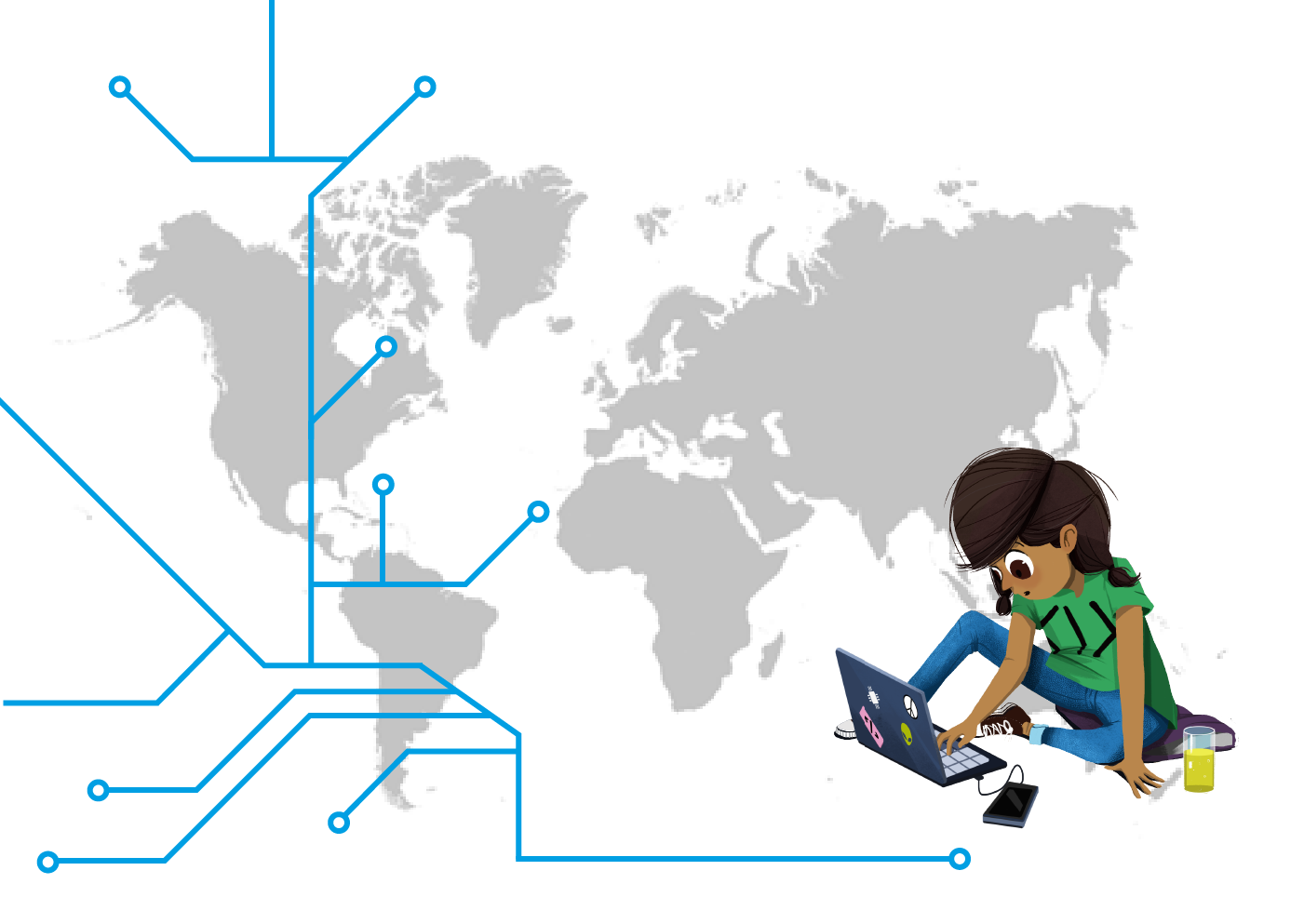Wood Wide Web Activity Pack
- 7-11s
- Other
Use this pack as part of the Mission World Wide Web Lesson Plan.
This curriculum-linked lesson plan is the feature of our safer internet activity - Mission World Wide Web!
If you haven't already - sign up to the activity here to get a free Mission Resource Pack which includes an A3 poster, stickers, 35 agent cards and a Detective Dot Adventure book for your class!*
The lesson plan is split into two 40 minute sessions. Lesson 1 explores how information is sent through the cables of the World Wide Web. Lesson 2 takes a look at how information is sent through the fungi network of the Wood Wide Web.
Together with Detective Dot (an agent for The Children's Intelligence Agency) pupils investigate the internet and it's natural equivalent to find the best method for top secret messages! This is done through the Connected Devices Activity in Lesson 1, which demonstrates how a message is sent and how devices are linked. Lesson 2 includes a simple scientific investigation into the wood wide web on school grounds or local green space!
Learning objectives include:
The lesson plan is linked to the Mission World Wide Web assembly and related activity packs including an alternative for pupils with SEN.
Full curriculum links are listed below.
*Please note we have a limited number of our free Mission Resource Packs, they are given on a first come first serve basis for UK primary schools.
Download (2 mb)

England
Mathematics:
Computing:
Science:
Scotland
Mathematics and Numeracy:
Digital Literacy:
Computing Science:
Science:
Wales
Maths:
Information and Communication Technology:
Science:
Northern Ireland
Mathematics and Numeracy:
Using Information and Communications Technology:
The World Around Us: